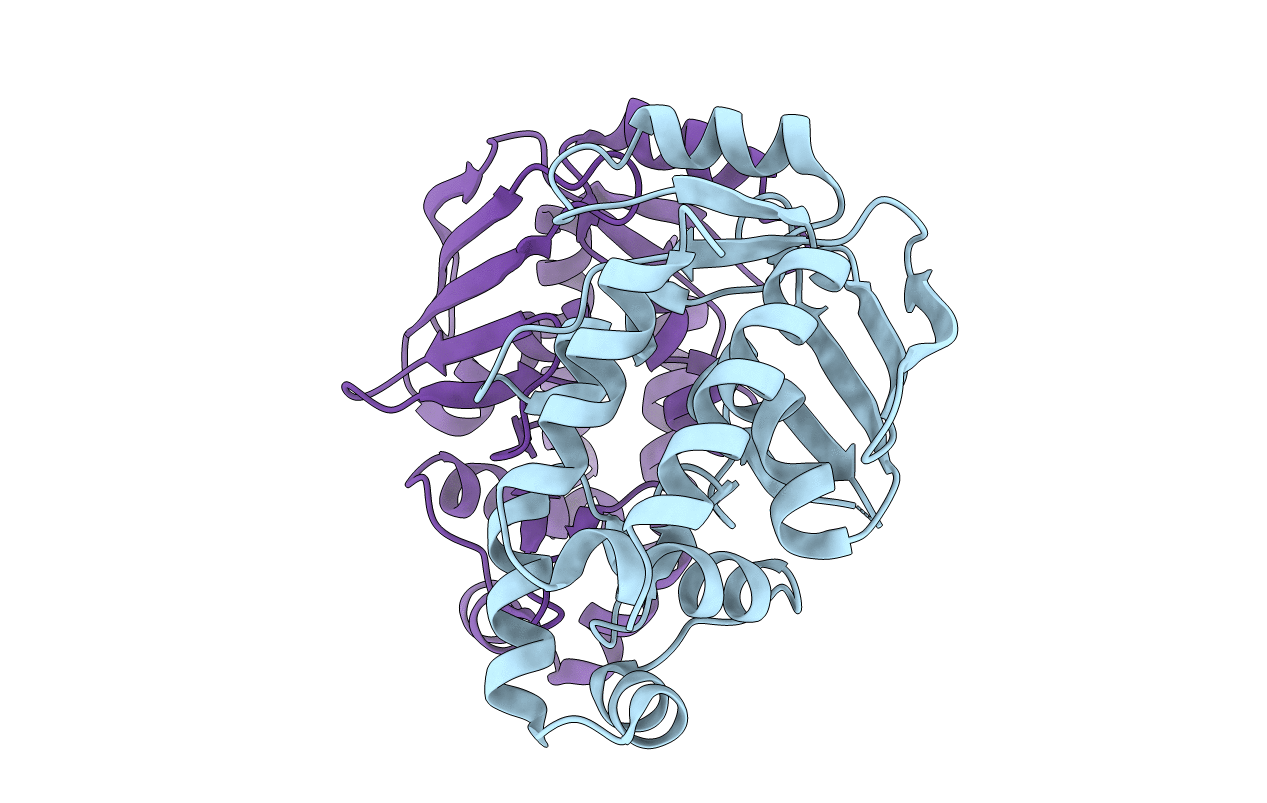
Deposition Date
2008-10-29
Release Date
2008-11-11
Last Version Date
2023-09-06
Entry Detail
PDB ID:
3F2G
Keywords:
Title:
Crystal structure of MerB mutant C160S, the Organomercurial Lyase involved in a bacterial mercury resistance system
Biological Source:
Source Organism:
Escherichia coli (Taxon ID: 562)
Host Organism:
Method Details:
Experimental Method:
Resolution:
1.78 Å
R-Value Free:
0.22
R-Value Work:
0.18
R-Value Observed:
0.18
Space Group:
P 1 21 1


